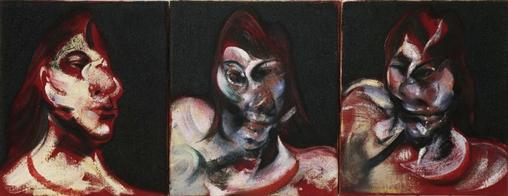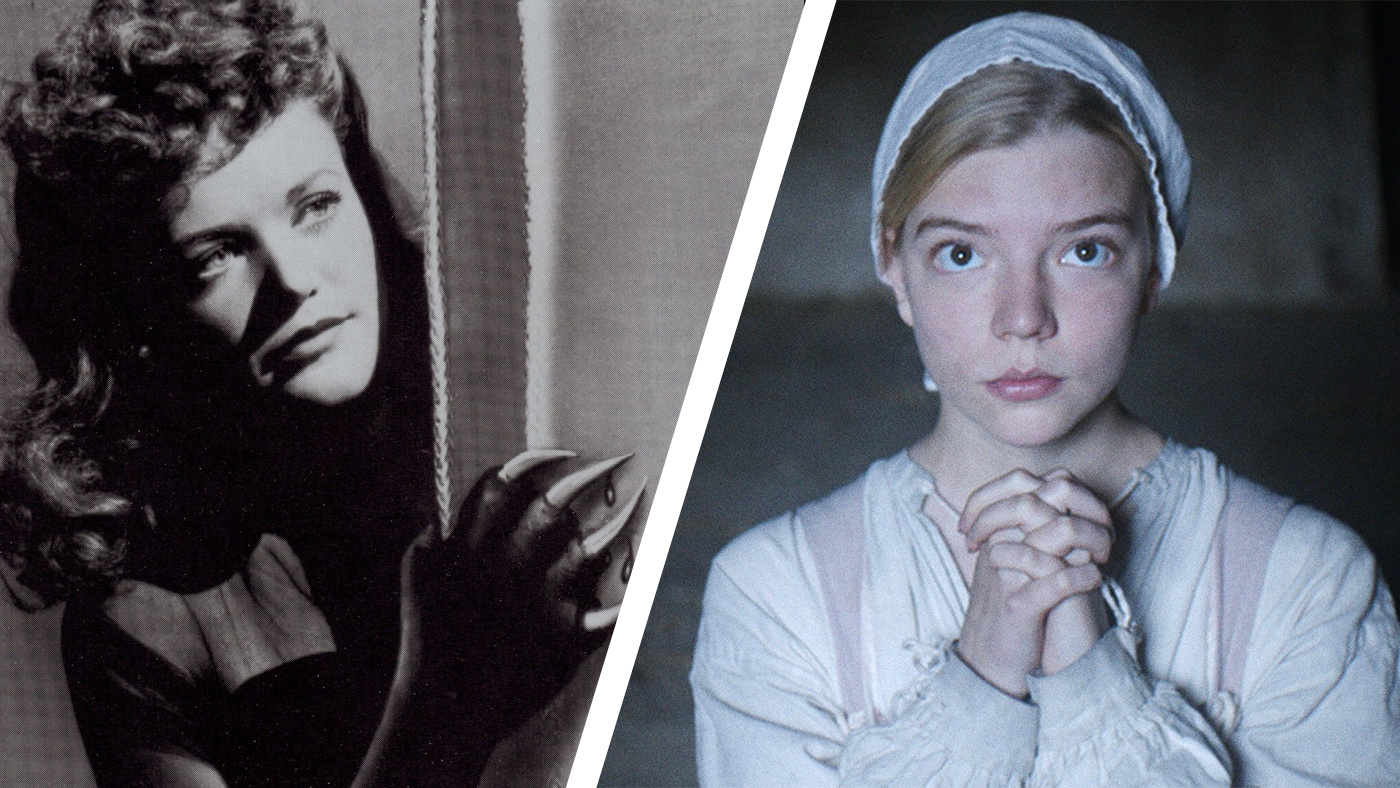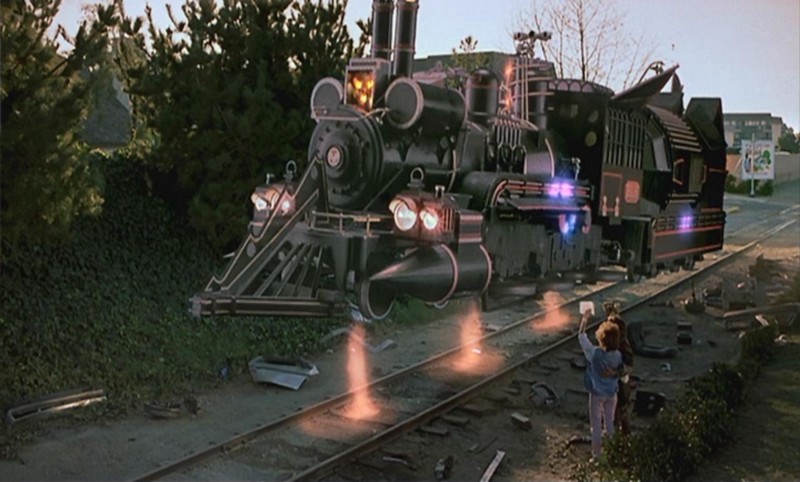David Lynch shows us why movies don’t need to make sense

- The filmmaking style of David Lynch is so idiosyncratic that the term “Lynchian” has become common parlance in the film world.
- Some define Lynchian as surreal or dreamlike, others as confusing and devoid of meaning.
- Like nightmares, Lynch’s films use abstract visuals and nonsensical narratives to explore real issues.
The more formulaic and predictable Hollywood blockbusters become, the more attention we should pay to directors who value originality over popularity, and who stay true to themselves even if it lowers their odds of achieving critical and/or commercial success.
Of all the directors working today who match this description, few are as stubbornly attached to their authorial visions as David Lynch. Whether revered or reviled, the filmmaking of Lynch — writer and director of such cult classics as Twin Peaks, Blue Velvet, and Mulholland Drive — is held together by a style so idiosyncratic that critics can only describe it as “Lynchian.”
“Lynchian,” like “Freudian” or “Kafkaesque,” is not easily defined. For some people, it refers to the surreal, dreamlike quality of his films. For others, “Lynchian” is synonymous with “confusing.” When his first feature, Eraserhead, received bewildered and lackluster reviews, Lynch complained that not a single person had understood what the film — full of ambiguous imagery and almost entirely devoid of narrative logic — was about. It wouldn’t be the last time Lynch would be met with this kind of response, and to this day many open-minded film buffs avoid his work because they have been led to believe it’s overly obtuse, nonsensical, and devoid of both purpose and meaning.
But that’s not true. Lynch’s filmmaking, inspired by surrealist and expressionist art, proves that films don’t always have to make perfect sense to be good, let alone enjoyable. At the same time, if you pay close attention, you’ll begin to understand that films like Eraserhead and Blue Velvet are far more grounded in reality than you’d expect.
Paintings that move
Despite being a famous director, Lynch reportedly doesn’t watch a lot of movies. Instead, he draws inspiration from an entirely different medium: painting. Pursuing his childhood passion for drawing, Lynch enrolled at the Pennsylvania Academy of Fine Arts in Philadelphia in the 1960s with hopes of becoming a professional artist. One summer, he traveled to Europe alongside his friend Jack Fisk to see whether they could train with an influential Austrian painter named Oskar Kokoschka. Although this did not work out, Lynch wasn’t deterred and continued painting when he returned to the United States. Legend has it that he only picked up a camera not because he had decided to become a director, but because he wanted to make his paintings move.
His movies incorporate a variety of artistic movements, including Surrealism, Expressionism, and Impressionism. Coincidentally, all of these distinct styles shun representation in favor of abstraction. They depict reality not as it is, but as it appears in our minds — warped by our thoughts and feelings. Lynch’s work pays homage to two painters in particular: Francis Bacon and Edward Hopper. Echoes of Bacon’s “Seated Figure” (1961) can be found in an episode of Twin Peaks. The artist’s ghostly treatment of spaces helped give the series that eerie atmosphere we’ve come to know and love, while the juxtaposition of calm poses and intense expressions in his portraiture strike at the heart of what is considered Lynchian (more on that in a moment). Hopper’s “Summer Evening” (1947), depicting two people on a porch at night, clearly provided a template for a scene in the more recent Twin Peaks: The Return. If Bacon paints the release of pent-up rage, Hopper paints the minutia of crippling solitude. His favorite subject, lonely people in busy locations, is a common theme in Lynch’s filmography as well.

The ambiguous meaning of these paintings — like the movies they inspired — is secondary to the unambiguous emotions they evoke. Because emotion resonates on a deeper, instinctive level than reason, artists don’t have to explain their work for us to understand or appreciate it. Lynch once discussed this idea at a public talk, noting that “people get used to film that pretty much explains itself one-hundred percent, and they kind of turn off that beautiful thing of intuition when they’re looking at a film that has some abstractions.”
But not all audiences shun abstraction in favor of self-explanatory stories.
“Some people, on the other hand, love these abstractions, and it gives them room to dream,” Lynch went on to say. “An abstraction, to me, is a thing that cinema can say. And it’s so beautiful, for me anyway, these pictures and sounds flowing along together in time, in a sequence, making a thing that can only really be said in cinema.”
Making sense of David Lynch
Like nightmares, Lynch’s films use abstract imagery and absurd plotlines to process real problems. Underneath every alien exterior hides a surprisingly relatable story.
“It’s okay if you don’t understand everything that happens in Lynch’s films,” says Adam Zanzie, a director who graduated from the David Lynch Graduate School of Cinematic Arts of Maharishi International University in Fairfield, Iowa. “I certainly don’t. To me what’s more important is whether you care about what’s happening.”
Let’s circle back to Eraserhead. Watching the film for the first or second or even the third time, you might ask yourself — in vain — why the chicken starts moving during the dinner scene, or how the girlfriend manages to give birth to…whatever it is that she ends up giving birth to. While these questions are reasonable, they’re also entirely beside the point.
“At its core,” Zanzie explains, “Eraserhead is a film about a guy who doesn’t want to be a father,” something Lynch was going through at the time he was making the movie, and which he reflects on in his book Catching the Big Fish: Meditation, Consciousness, and Creativity. “His own girlfriend was pregnant, and he didn’t want to start a family. It’s a nightmarish depiction of someone trying to let go of their responsibilities.”
Beyond meaning and emotional response, Lynch’s work also includes plenty of ambiguity for ambiguity’s sake. In the forested setting of Twin Peaks — a setting that Zanzie, who like Lynch grew up near the woods, refers to as “magical” — mystery is not just a plot point; it is also an aesthetic. Walking around on the set of the film Lost Highway (1997), the writer David Foster Wallace notes how he was starting to recognize this characteristic of Lynch in the works of other, more “commercially palatable” filmmakers like Quentin Tarantino.
“The Band-Aid on the neck of Pulp Fiction’s Marcellus Wallace—unexplained, visually incongruous, and featured prominently in three separate setups,” he writes, “is textbook Lynch. As are the long, self-consciously mundane dialogues on foot massages, pork bellies, TV pilots, etc. that punctuate Pulp Fiction’s violence, a violence whose creepy-comic stylization is also Lynchian. Lynch invented the style.”
The macabre and the mundane
If you struggle to get into David Lynch, Wallace’s article, David Lynch Keeps His Head, is highly recommended. Wallace not only paints a portrait of Lynch that matches the impression Zanzie got attending his film program — that of a man who is, above all, preoccupied with his art and routinely gets lost in his own daydreams — but he also outlines what may well be the best definition of “Lynchian” ever put to paper.
Lynchian, he writes, “refers to a particular kind of irony where the very macabre and the very mundane combine in such a way as to reveal the former’s perpetual containment within the latter.”
If Wallace’s definition of Lynchian is the best definition of Lynchian available, then the best illustrations of this definition in Lynch’s work are found in Blue Velvet, in which a college student returning home to care for his sick father discovers that the idyllic American suburb he grew up in is actually a dark, twisted place, full of violence and psychopathy. At a glance, the movie seems to present this change as sudden: as one world being replaced by another. In reality, traces of the nightmare can be detected from the very beginning. Just look at the opening scene, when the father collapses in the front yard after suffering a stroke, and the camera slowly zooms in on an unappetizing colony of ants, crawling over one another underneath the grass.
“Even [the famed film critic] Roger Ebert, who hated Blue Velvet, loved that scene,” says Zanzie, and that is because its arrangement is deeply meaningful despite initially seeming bizarre and senseless.





